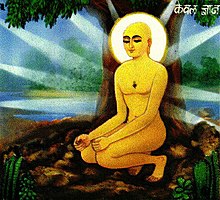Bhakti movement

|
|
|
|


Gamal Abdel Nasser Hussein (Arabic: جمال عبد الناصر حسين, IPA: [ɡæˈmæːl ʕæbdenˈnɑːsˤeɾ ħeˈseːn]; 15 January 1918 – 28 September 1970) was the second President of Egypt from 1956 until his death. A colonel in the Egyptian army, Nasser led the Egyptian Revolution of 1952 along with Muhammad Naguib, the first president, which overthrew themonarchy of Egypt and Sudan, and heralded a new period of modernization, and socialist reform in Egypt together with a profound advancement of pan-Arab nationalism, including a short-lived union with Syria.
Nasser is seen as one of the most important political figures in both modern Arab history and politics in the 20th century. Under his leadership, Egypt nationalized the Suez Canal Company and came to play a central role in anti-imperialist efforts in the Arab World and Africa. The imposed ending to the Suez Crisis made him a hero throughout the Arab world. He was also instrumental in the establishment of the international Non-Aligned Movement. He is well known for his nationalist policies and version of pan-Arabism, also referred to as Nasserism, which won a great following in the Arab World during the 1950s and 1960s. Although his status as "leader of the Arabs" was badly damaged by the Israeli victory over the Arab armies in the Six-Day War, as well as Egypt's failure to win the subsequent War of Attrition against Israel, many in the general Arab population still view Nasser as a symbol of Arab dignity and freedom.